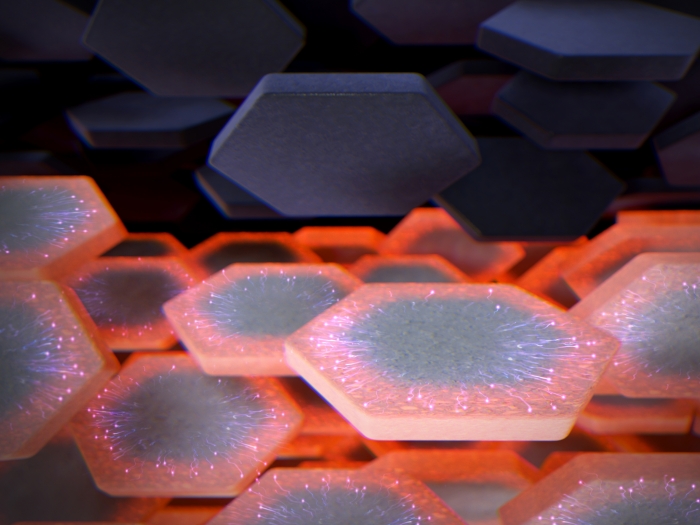 (Image credit: Stanford University/3Dgraphic)
(Image credit: Stanford University/3Dgraphic)
- Written by Stanford News
X-rays uncover a hidden property that leads to failure in a lithium-ion battery material
Experiments at SLAC and Berkeley Lab uproot long-held assumptions and will inform future battery design.
X-ray experiments at the Department of Energy’s SLAC National Accelerator Laboratory and Lawrence Berkeley National Laboratory have revealed that the pathways lithium ions take through a common battery material are more complex than previously thought. The results correct more than two decades worth of assumptions about the material and will help improve battery design, potentially leading to a new generation of lithium-ion batteries.
“As it turns out, these extra pathways are problematic for the material, promoting the popcorn-like behavior that leads to its failure,” Chueh said. “If lithium can be made to move more slowly on the surface, it will make the battery much more uniform. This is the key to developing higher performance and longer lasting batteries.”
The research results are published in this article.
Read the full article at Stanford News.
Visible Legacy Comment
This work is one of the first papers to come out of a collaboration between Bazant, Chueh and several other scientists as part of a Toyota Research Institute-funded research center that utilizes theory and machine learning to design and interpret advanced experiments. Any Tech Scouts interested in battery technology should visit the professor's website.
Additional Info
-
Navigator:
 Explore the map in Navigator
Explore the map in Navigator - Widget:
- Caption: Map of Stanford Chueh Lab
Related items
- Federal funding will help WSU professor develop technology to recover rare earth elements
- Unlocking the brain: Peptide-guided nanoparticles deliver mRNA to neurons
- Scientists Get to the Bottom of COVID’s Worst Pediatric Complication
- WSU-inspired national gene-editing task force begins work
- Multi-Tasking Wearable Continuously Monitors Glucose, Alcohol, and Lactate
